Sab 20 Aprile ore 9.00: Conferenza "Storia dei Piani Regolatori di Empoli" presso Sala convegni…
When Kiwis trampled on Pontormo – by Claudio Biscarini
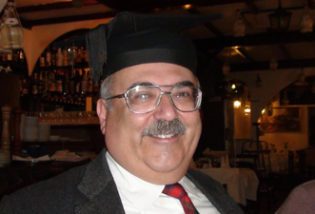
Read the full article in italian → Leggi l’articolo in lingua italiana →
Summer 1944.
The war front was advancing towards Florence.
The Allied soldiers and Germans found themselves fighting in one of the most beautiful areas of Tuscany.
Many castles and villas stood in the area between San Casciano in Val di Pesa, Montespertoli and the Pian dei Cerri.
In almost every villa had LONG found refuge the masterpieces of art which originally belonged to the museums of Florence, Pisa, Empoli.
In Montegufoni, property Sitwell, were kept 246 works, including the Supper at Emmaus by Pontormo, Botticelli’s Primavera, the Battle of San Romano by Paolo Uccello.
The soldiers of the Battalion of the 8th Indian Infantry Division Mahrattas were good and respectful guardians.
At Villa Bossi – Pucci Montagnana Germans of 362.
Infanterie Division, however, were able to take away 297 works, almost all of them belonged to the Uffizi and the Pitti Palace.
At Castello di Oliveto, near Castelfiorentino, were kept works from galleries in Florence and Empoli, in Florence the German paratroopers took 84 paintings, 23 cases and 5 frames and carried off the two Lucas Cranach’s Adam and Eve.
The allies will find them in South Tyrol at the end of the war.
In Poppiano, however, the Kiwis had arrived at Villa Guicciardini. One of the first things they did was to lie down on the ground The Visitation by Pontormo. A German shell hit a corner of the villa and all the plasters of the ceiling fell on the picture on the floor.
The good New Zealand soldiers, then, thought they had better trample on the altarpiece with their boots in order to let the rubble into the painting. It seemed lost forever. Fortunately, the damage was milder than expected and after several hours of work at the Department of Restoration, the work of art by Pontormo was saved.
The villa also shielded another picture by Jacopo Carrucci, the Deposition that, fortunately, remained intact.
As if what they did wasn’t bad enough, the military Freyberg threw on the floor other works, enough to fill the chapel of Villa Guicciardini. Often under the fire of the opposite artillery, all the works that had been hidden in thirty-seven shelters ( in addiction to the above mentioned the most important were Villa Bocci in Sochi, the Villa Medici at Poggio a Caiano, the Praetorian Palace of Poppi Castle Barberino Mugello, the Oratory of S. Onofrio in Dicomano the Carthusian Monastery ), were reached by the officers of the Monuments, Fine Arts and Archives, the Monuments men who worked in many place on the italian front.
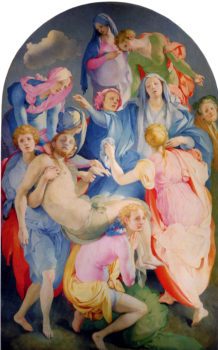
Between these men, who were art experts, the most notable in our area, were Lieutenant Frederick Hartt, art historian of international fame, and captain Deanne Keller, of Yale University’s School of Art.
Next to them worked, with dedication and competence, Italian Superintendents, professors Fasola, Poggi, Procacci, Sanpaolesi, Lavarino, to name a few. And we owe to the work of all these well-deserving of the company if today we can still admire the monuments, churches and works of art that our region hid in the villages.
A task, the one performed by Hartt, Keller and every one else still relatively unknown to most but part of what one should speak about starting from classrooms to demonstrate how, even in the tragedy of war, there are men ready to risk their lives to save beauty and to give it to the next generations.
Read the full article in english → Leggi l’articolo in lingua inglese →
Quando i Kiwis calpestarono il Pontormo – di Claudio Biscarini
Estate 1944.
Il fronte stava avanzando verso Firenze. I soldati alleati e tedeschi si trovarono a combattere in una delle più belle zone della Toscana. Numerosi castelli e ville sorgevano nel territorio tra San Casciano in Val di Pesa, Montespertoli e il Pian dei cerri.
In quasi tutte quelle ville avevano trovato rifugio da tempo le opere d’arte dei musei fiorentini, pisani, empolesi. A Montegufoni, proprietà Sitwell, erano custodite 246 opere tra le quali la Cena in Emmaus del Pontormo, la Primavera del Botticelli, la Battaglia di San Romano di Paolo Uccello. I soldati del I Battaglione Mahrattas della 8th Indian Infantry Division facevano buona e rispettosa guardia.
A Villa Bossi-Pucci a Montagnana i tedeschi della 362. Infanterie_Division, invece, erano riusciti a portare via 297 opere quasi tutte degli Uffizi e Palazzo Pitti. Al Castello di Oliveto, vicino a Castelfiorentino, erano custodite opere provenienti dalle gallerie di Firenze e Empoli, i paracadutisti tedeschi portarono a Firenze 84 dipinti, 23 casse e 5 cornici e si portarono via i due Lucas Cranach Adamo e Eva. Gli alleati li troveranno in Alto Adige a fine guerra.
A Poppiano, invece, a Villa Guicciardini erano arrivati i Kiwis. Una delle prime cose che avevano fatto era stato distendere a terra La Visitazione del Pontormo. Una granata tedesca colpì un angolo dalla villa e i calcinacci del soffitto caddero sopra il dipinto steso per terra. I buoni soldati neozelandesi, poi, pensarono bene di calpestare la pala con gli scarponi tanto da far penetrare i calcinacci nel dipinto.
Pareva un’opera perduta per sempre.
Fortunatamente, i danni erano più lievi del previsto e dopo diverse ore di lavoro al Gabinetto dei Restauri l’opera del Pontormo fu salva. Nella villa era custodita anche un’altra opera di Jacopo Carrucci , la Deposizione che, per fortuna, rimase intatta. Non paghi, i militari di Freyberg avevano gettato per terra altre opere, tanto da riempire la cappella di villa Guicciardini.
Spesso sotto il tiro delle artiglierie opposte, tutte le opere che erano state nascoste in ben trentasette rifugi ( oltre ai citati i più importanti furono Villa Bocci a Soci, la villa Medicea di Poggio a Caiano, il Palazzo Pretorio di Poppi, il Castello di Barberino di Mugello, l’Oratorio di S. Onofrio a Dicomano la Certosa di Calci), furono raggiunte dagli ufficiali del Monuments, Fine Arts and Archives , i Monuments men che operarono, in pochissimi, sul fronte italiano.
Tutti esperti d’arte, questi uomini, tra cui, per le nostre zone, spiccarono il tenente Frederick Hartt [1], storico dell’arte di fama internazionale, e il capitano Deanne Keller, della Scuola d’Arte Università di Yale. Accanto a loro operarono con dedizione e competenza i Soprintendenti italiani, i professori Fasola, Poggi, Procacci, Sanpaolesi, Lavarino, solo per citarne alcuni. E’ grazie al lavoro di tutti questi benemeriti della società se oggi noi possiamo ancora ammirare i monumenti, le chiese e le opere d’arte che la nostra regione presenta anche nei borghi più nascosti. Un lavoro quello svolto da Hartt, Keller e tutti gli altri ancora in parte semisconosciuto ai più ma del quale si dovrebbe parlare fin nelle aule scolastiche per dimostrare come, anche nella tragedia della guerra, ci sono uomini pronti a rischiare la vita per salvare la bellezza e donarla ai posteri.
Note e Riferimenti:
[1] Sulla sua esperienza come ufficiale del MFAA, il professor Hartt scrisse un bel libro dal titolo Florentine Art under fire, Princeton University Press, Princeton New Jersey 1949, di cui detengo una copia gelosamente.
OTHER POSTS WRITTEN BY CLAUDIO BISCARINI

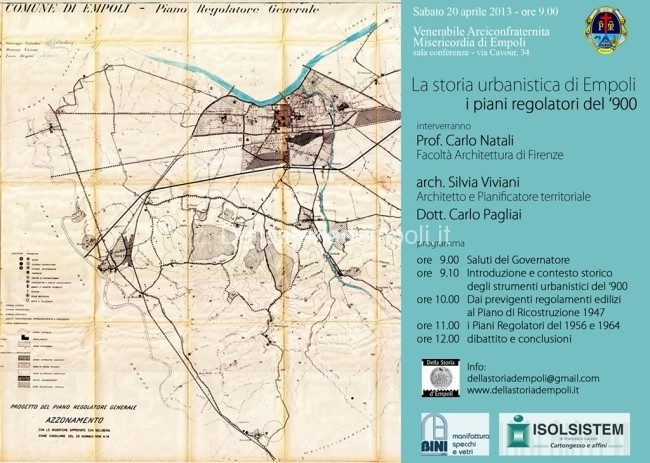
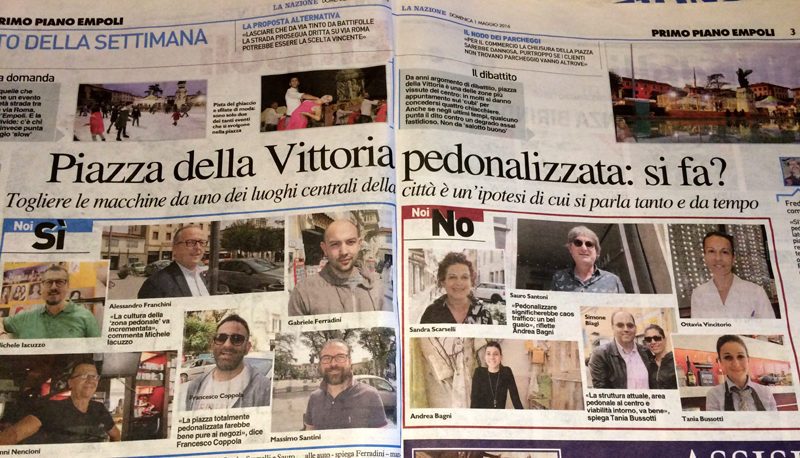
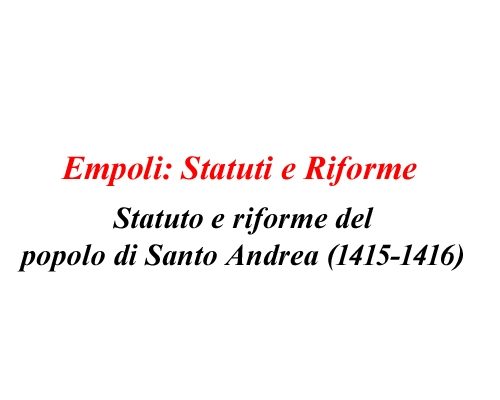
Questo articolo ha 0 commenti